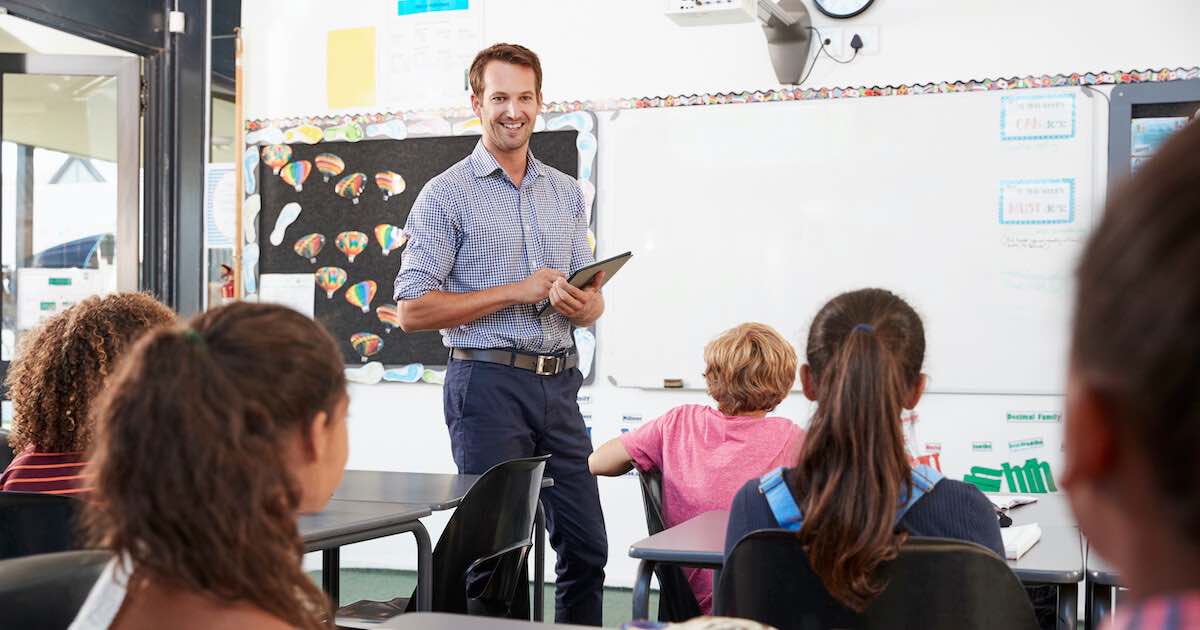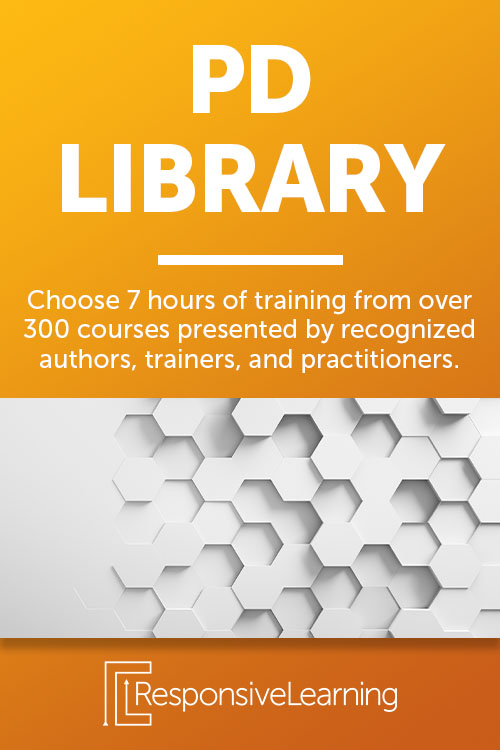Data collection is a vital part of creating IEPs for special education, but it can get skewed by prompts. When we prompt our students during an evaluation, they aren’t actually performing at the level we’re indicating. In order to give our students the best chance of success and create accurate IEPs, we need to understand what prompting is and how it affects our students.
Here are 3 things you should know about levels of prompting in special education classrooms.
1. Most prompting is well-intentioned
Are you accidentally training a student to incorporate a cue into their behavior without even realizing it?
Educators use cues and prompts to help support students and get them to the point where they don’t need as much help. However, if we’re not careful, we can actually create dependence on these cues and prompts. We may think we’re helping a student by constantly reminding them what the next step is, but sometimes our students become so used to being prompted that they wait until they are given a cue before they continue.
This is the exact opposite of what we are trying to teach them as a SPED teacher or team, which makes understanding the proper use of prompts and cues extremely important. We want our students to be empowered and independent, not reliant on our prompting.
When we’re talking about prompting, it is important to keep our ultimate goal in mind. We want our students to be able to accomplish their tasks with as little prompting as possible.
2. Not all prompting is the same
When done correctly, prompting brings clarity and structure to our directions. After all, we want our students to have the tools they need to thrive. This is why we need to have a solid knowledge of the levels of prompting and how they are used in the classroom.
Here are the different levels of prompting:
- Independent
- Indirect verbal/visual
- Gestures
- Direct verbal/visual
- Modeling
- Partial physical assistance
- Full physical assistance
These prompts are listed from least invasive to most invasive, which makes it easier to see where your prompts tend to land. If we start out with a more invasive level of prompting, our goal should always be to use less and less until our students reach the level of independence.
3. There’s help available for all SPED teachers
Learning how to prompt appropriately without creating dependency can seem overwhelming. Thankfully, there are tools you can use to help guide you in this process.
In the course, Data Collection for SPED — Levels of Prompting, Noodle Nook founder Ayo Jones helps educators learn what they need to know about levels of prompting in the data collection process for special education students. As an educator, you’ll get a better understanding of prompting and the important role it plays in the IEPs of students in special education.
Ms. Jones is a celebrated SPED educator, curriculum writer, and speaker. Her passion for SPED is infectious, and her expertise on all things special education means that you’re getting evidence-based and time-tested advice.
In this 30-minute course, you will learn:
- The different levels of prompting
- Cues versus prompts
- How to document the levels of prompting in IEP data
Dive in today
If you’re interested in learning more about this course, take a look at the demo today. There’s never been a better time to start investing in yourself and your students.







